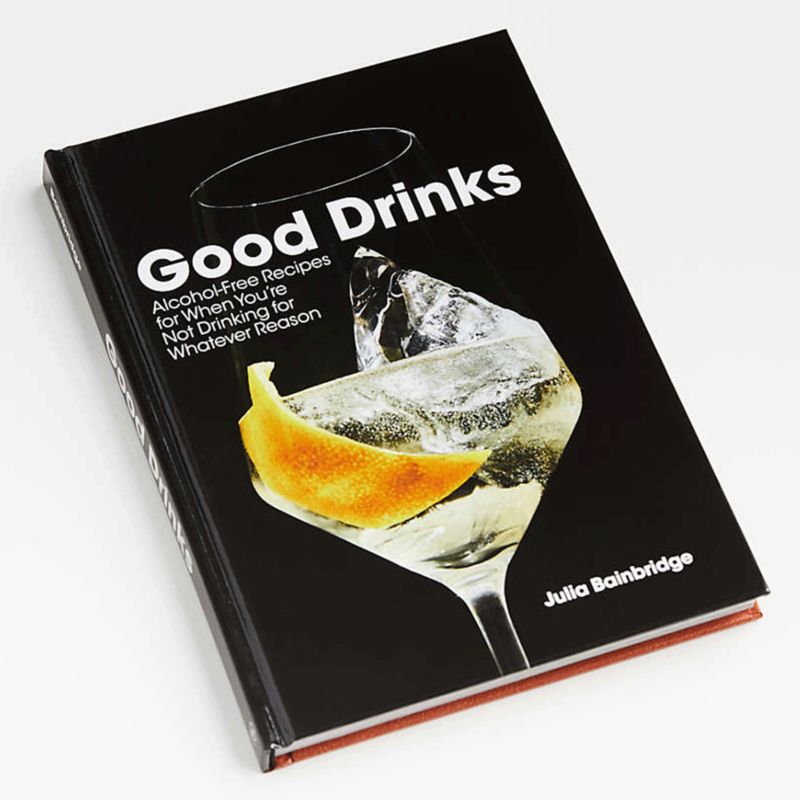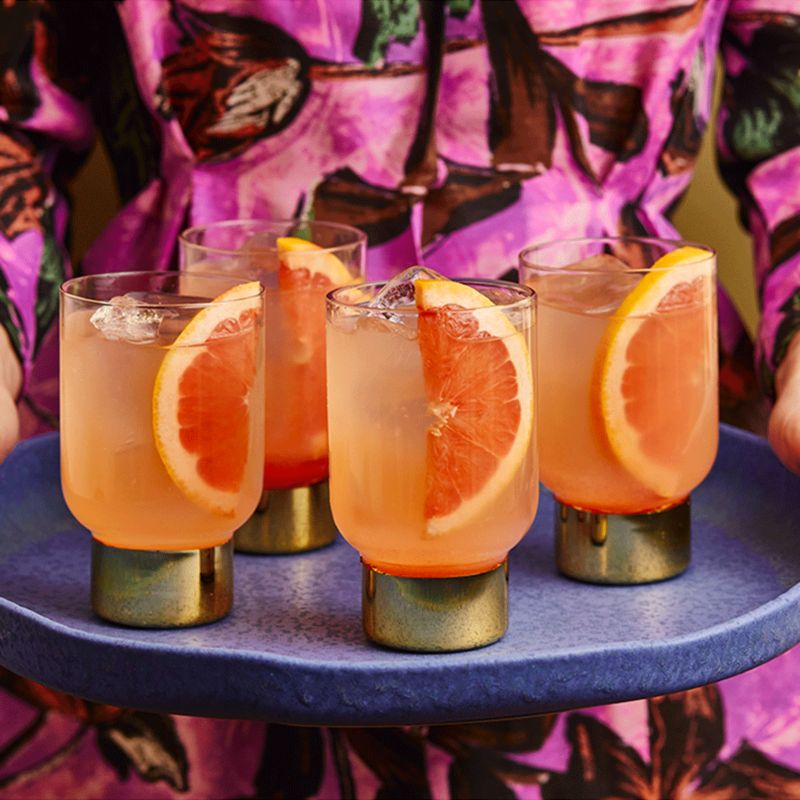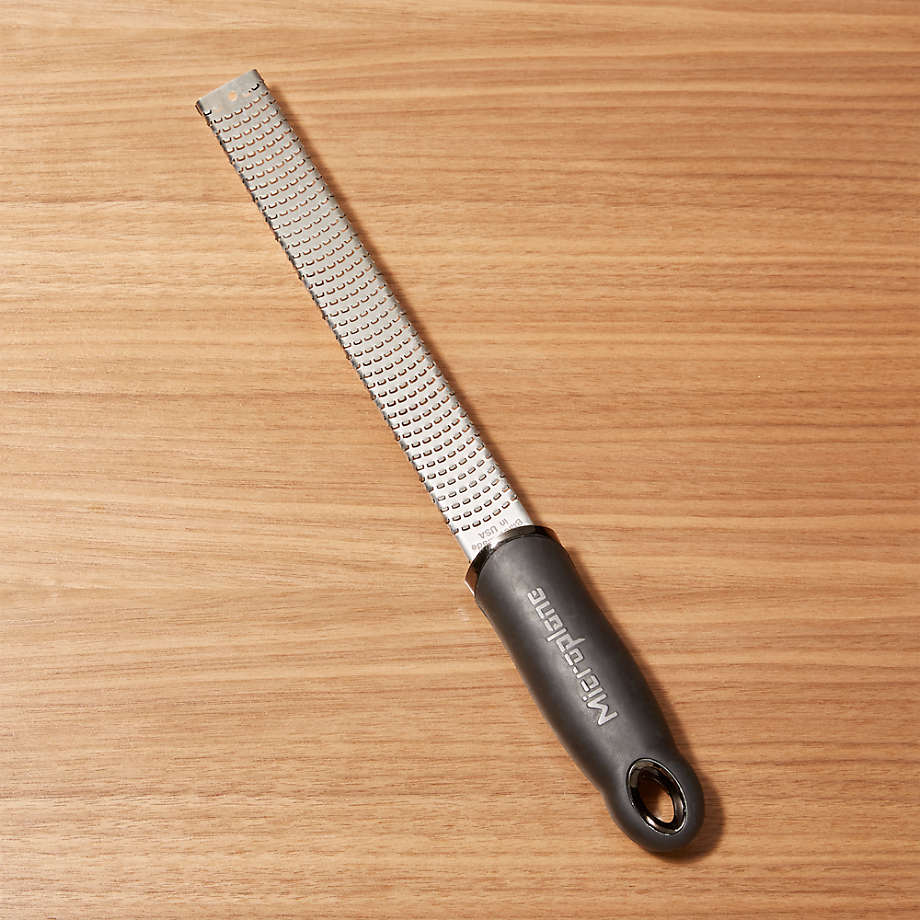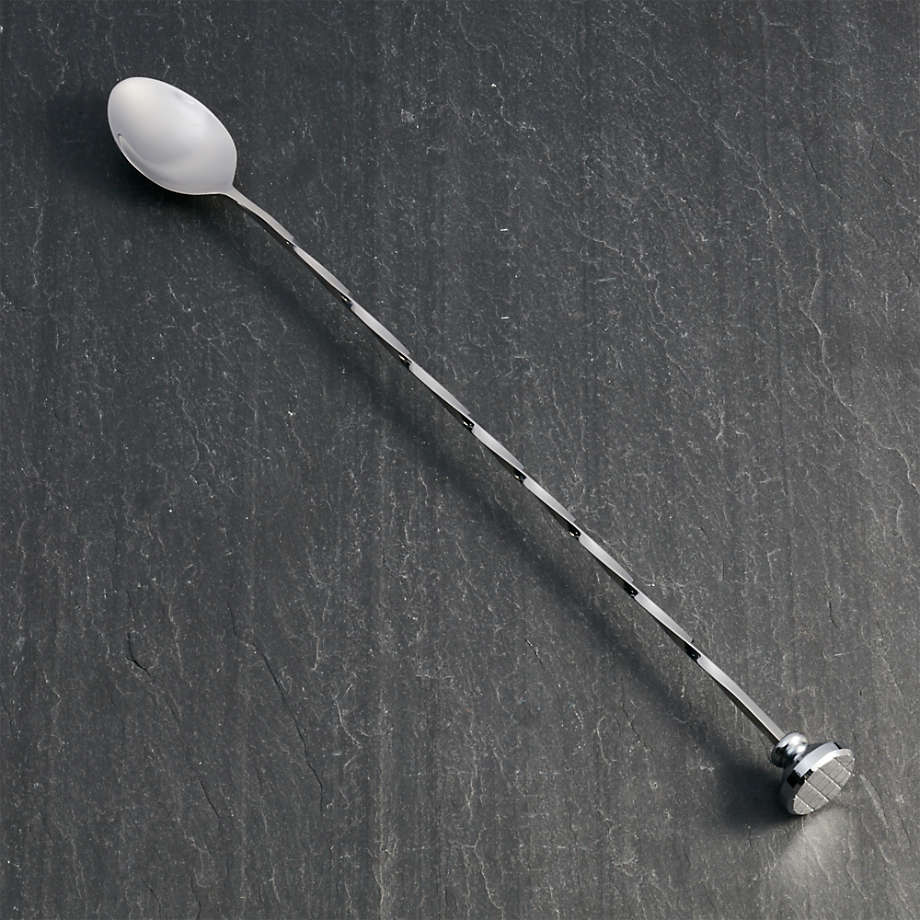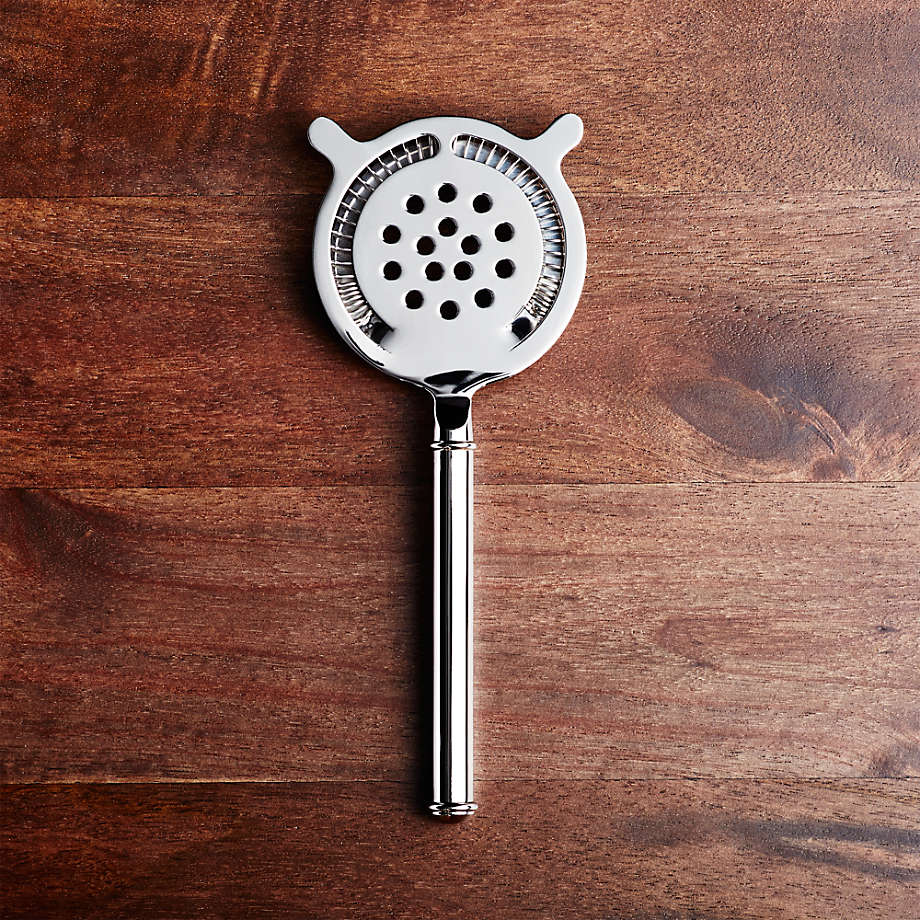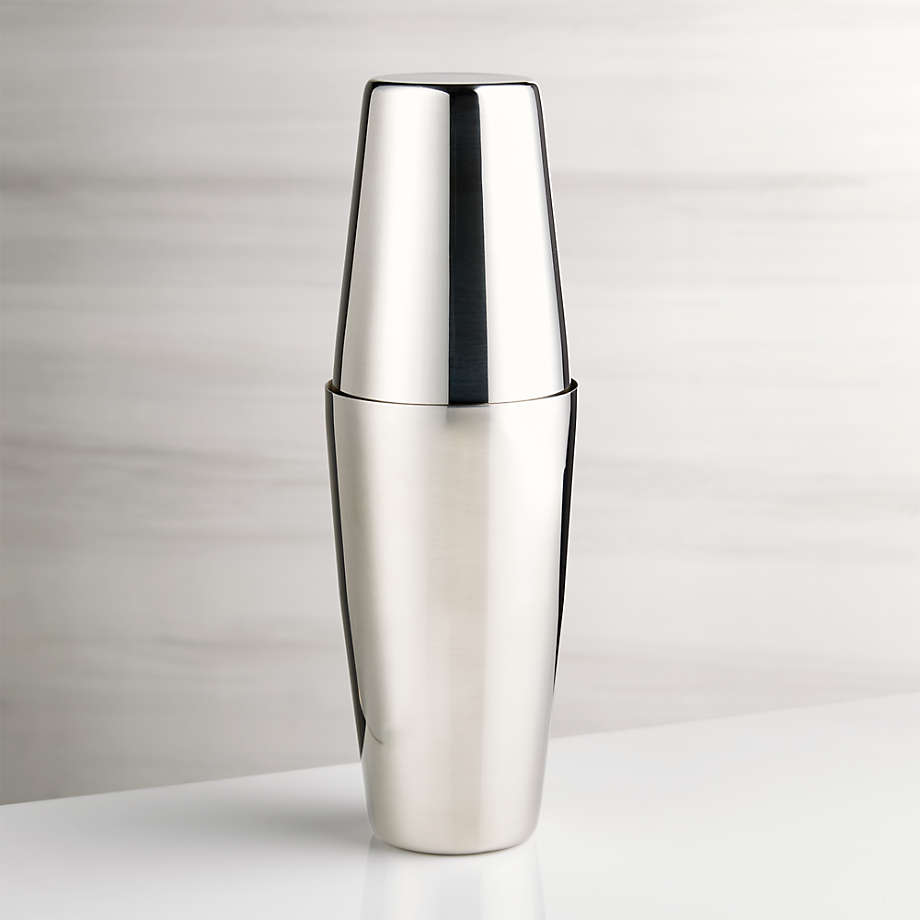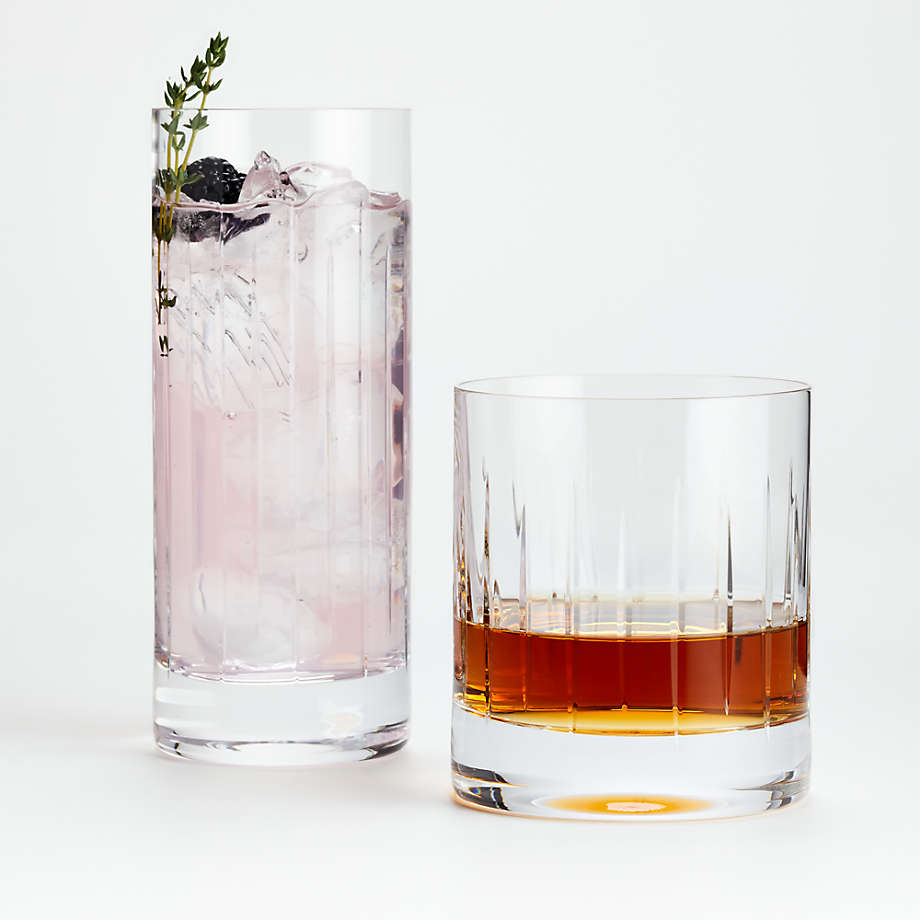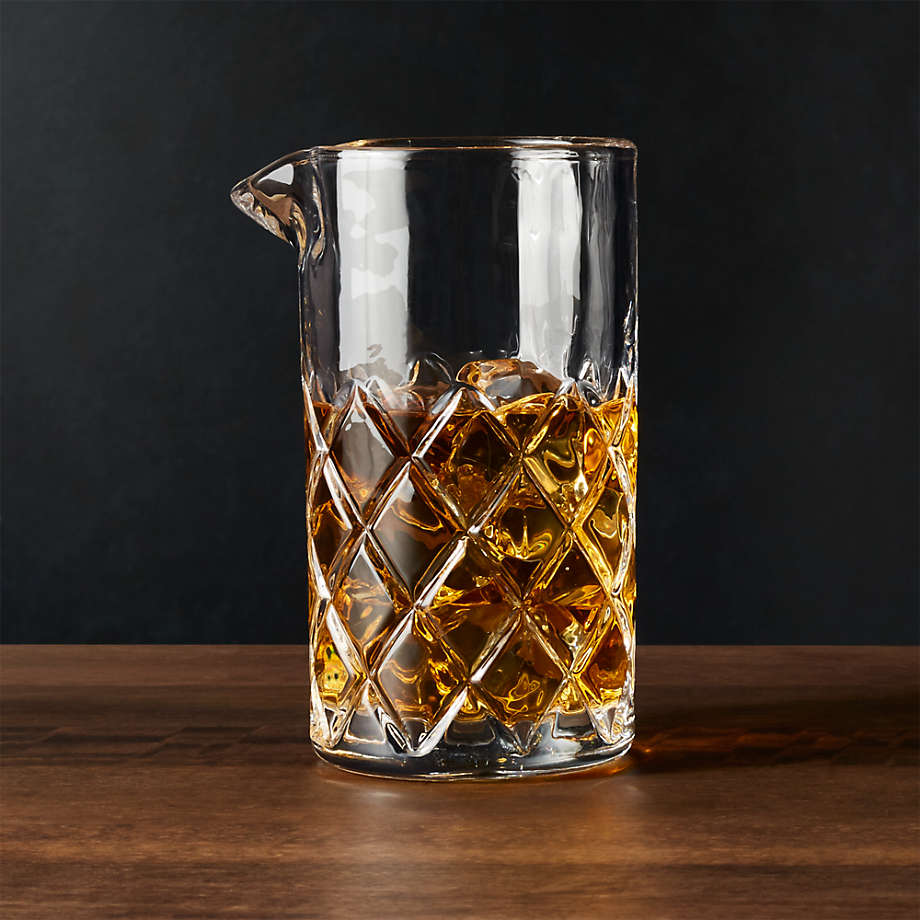But let’s start with the basics. And let’s start in the kitchen, because that’s where you’re going to make these drinks. Since the book came out, more and more alcohol-free spirits and other beverage products have become available. And while you could easily fully stock an alcohol-free bar cart, I think it’s worthwhile to learn how to build these drinks from scratch—and with ingredients you don't have to mail-order. (If you do want to play with nonalcoholic spirits and such, here are some of my favorite bottles.)
A general note: Knowledge of classic cocktail making is nice, but not essential. There are no rules here! Set yourself free! And don’t worry about what the drink is supposed to taste like if it had alcohol in it. Just worry about whether or not it tastes good to you.
Now, here’s what’s good to have on hand for when you’re feeling fancy and alcohol-free:
Good Quality Tonic and Soda Waters: Today, you can find small-batch premium tonics that are less saccharine than the almost sticky saccharine big-name brands. (I won’t name names!) Sometimes you’ll want a lengthener without the sweetness and bitterness that comes with tonic, so make sure to have cold seltzer waiting for you in the fridge.
Sweeteners: Don’t buy simple syrup! You’ll spend too much on something that’s easily made by gently warming sugar and water and stirring the granules so that they dissolve. Boom! You have syrup. Think about which sweetener—different sugars, maple syrup, honeys—pair with the other ingredients you’re using. Sweeteners are primarily used to, well, sweeten drinks, but they can also add body and carry other flavors, such as when you’re making a compound syrup with herbs or spices. Which brings me to...
Fresh Herbs and Spices: Herbs are essential to drink-making. Lemon thyme, for example, is lightly sour and plays well with beets, fennel or ginger. Tarragon has a louder volume, so to speak, and can enliven a grapefruit and soda. Then there are dried spices. Cayenne pepper gives you heat, pink peppercorns have bite, cloves are warming. Really think about making these drinks from a culinary perspective.
Fresh Produce: Fresh ginger brings bite and is a great ingredient to infuse into a simple syrup, if it makes sense with the other flavors in your drink. We could do a deep dive on all the things you could do with various fruit and vegetable juices, but really, the most essential ingredient to have on hand is fresh lemons and limes.
Salt: Salt your cocktails! It brightens them and makes each ingredient taste more like itself. Different salts have different flavor profiles too; it’s fun to go deep, playing with salts, if you want to get geeky.
Tea: The tannins in some teas will dry out your palate and draw you back in, a sensation that can be so pleasurable about a great cocktail. Plus, there’s such a range within the world of tea: Woody pu-erh will give you something different from light, floral chamomile.
Vinegar: Consider sherry, rice or apple cider vinegar, which you might have previously limited to the realm of salad dressings. Just a splash can season a cocktail and give it some edge.
Verjus: This is my secret weapon. Verjus is the juice of grapes that aren’t yet ripe enough for wine production—there are reds and whites—and it’s got this soft acidity to it. I love it with a little tonic water and soda water, as a spritz.
Bitters: Bitters—as in the aromatic tinctures, not the potable bitters such as Campari and Aperol—add another layer to cocktails. I look at bitters like seasoning, even if just for my seltzer, and there are so many to pull from these days. In my pantry right now, I’ve got everything from orange to black pepper to palo santo bitters. Note, though, that most bitters on the market are made with alcohol. Ultimately, because you’re using only a couple dashes in a drink, the amount of alcohol you’re ingesting is statistically insignificant. But for those for whom this might be a problem, there are at least two commercial brands of bitters I know of that are completely devoid of alcohol: Dram, based in Salida, Colorado, and El Guapo, based in New Orleans, Louisiana.
Flower Waters: Orange flower and rose waters are common in Middle Eastern cooking, and they deserve a spot in your cocktail pantry, too. A little goes a long way, though—you’re mainly using these hydrosols for their aroma.
When it comes to bar tools, what you’d use for alcohol-free cocktails doesn’t differ much from those you’d use for alcoholic ones. Just remember that, since you’ll be cooking, you want to make sure your kitchen is equipped with a cutting board, a sharp chef’s knife, a peeler, a 4-quart saucepan, measuring cups and storage containers. But I’m allllllll about glassware. We drink with our eyes first just like we eat with our eyes first, and a big part of this ritual has to do with presentation. So, break out the stemware and have FUN. Remember fun?
Cheers!

